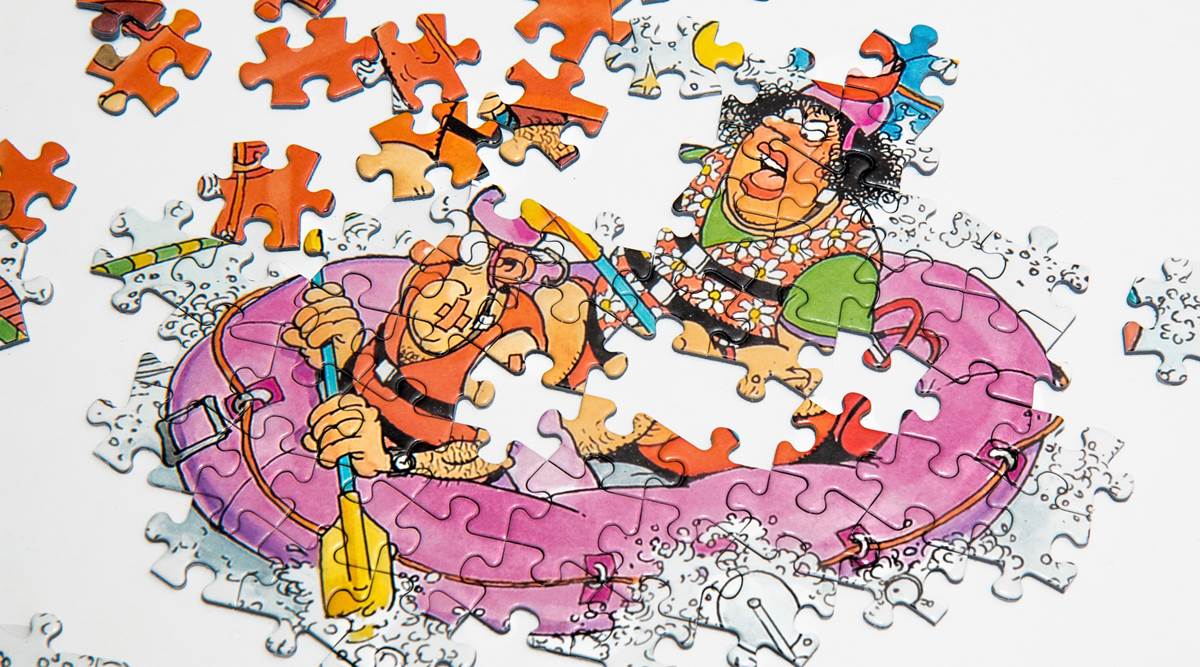Occupational therapy helps individuals optimise their performances in meaningful activities. For children, this would comprise school, play, and social interaction with friends

By Dr Franzina Coutinho
Seema is six years old and in class 1. Her parents consulted me because despite knowing her classwork and answering everything orally in class, her teacher found that she could not copy from the board, had incomplete written work and had alphabets and number reversals. This is an example of Learning Disability (LD), a challenge that occupational therapists often need to work with.
LD is a diagnosis that encompasses difficulties in processing information, manifested as problems with the 3Rs: reading (dyslexia), writing (dysgraphia) and arithmetic (dyscalculia). In addition to having one or more types of learning difficulties, children with LD also present with some other coexisting diagnoses like attention-deficit/ hyperactivity disorder (ADHD), anxiety disorders, depression and tics. Though not intellectually challenged, as reflected in a normal IQ, children with LD have difficulties with academic performance. Studies suggest that 5-15 percent of children in India have a type of learning disability.
ALSO READ |Art Therapy: A medium to help kids deal with challenging emotions
Occupational Therapy is a branch of medicine that helps individuals optimise their performances in meaningful activities that occupy their time. For children, this would comprise school, play, and social interaction with friends. Children with LD have difficulties in each of these areas and an occupational therapist helps improve sensory processing skills (understanding, registering and responding to sensory information), fine motor skills (required for writing), attention (by improving sitting tolerance), and social behaviour (interacting with peers). Occupational therapists work on rewiring the brain to enhance such behaviour. This is achieved through meaningful activities that are motivating and fun to children, helping them practice a skill and retain it. For example, an OT session could include sensory based play using swings, monkey bars and obstacle courses, fine motor activities through board games and adaptive aides like the iPad to enhance time management and visual attention.
ALSO READ |Why parents should stop obsessing over their child’s academic learnings
Sensory processing is the ability of the brain to receive information from sense organs such as the eyes, ears, joints, and skin, process it, and help the body give an appropriate response. Examples would be responding to the teacher, reading something, standing in line for assembly, writing something down or sitting straight. OT works on improving sensory processing using sensory play and goal-directed interventions. Fine motor skills are also targeted through various games used to build muscles and strengthen small hands, helping them hold pencils longer and write faster. OTs today employ visual schedules and timers as aides to help make the concept of time more concrete for children who have difficulty paying attention or are disorganised. Technology is also being used as a tool to help children with LD.
ALSO READ |Mom and daughter’s podcast for kids: Recordings under the bed, meetings over ice-cream
OT is a big proponent of early intervention where the motto is “the younger the child, the better the outcome.” This being said, it is important to remember that the brain can constantly rewire itself and therapy will continue to work at any age as long as the child is presented with innovative challenges that keep her/him engaged.
(The writer is Occupational Therapist – The Aditya Birla Integrated School)
Source: Read Full Article